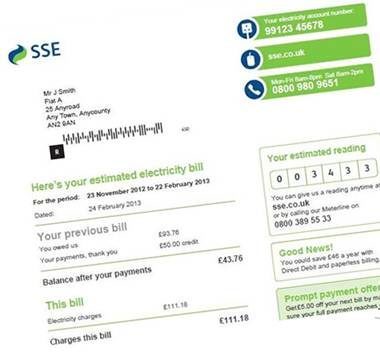The retail price cap supposedly limiting bills for an estimated 24 million domestic customers will be revised quarterly, and no longer every six months, market regulator Ofgem confirmed this morning.
Injecting stability into energy supplies, reducing the risk of more suppliers going bust – as over 30 have done in the past year – , and reflecting more responsively rises and falls in suppliers’ wholesale costs, are reasons advanced for the change.
Introduced in 2018, the cap is calculated to restrict profit margins on home energy supply to a theoretical 1.9%. Ofgem is due to publish its next revision at the end of August.
April’s hike from around £1,300 to £1,971 is agreed to be the first of several eye-watering rises, likely to last well into 2023. Analysts Cornwall Insight earlier this week forecast the cap will be over £3,000 for all of next year.
Post-Covid global demand for gas, constrained further by sanctions on Russia imposed after its violation of Ukraine, have for eighteen months driven wholesale prices to record heights.
Ofgem had been consulting since May on increasing the cap’s revision.
“While the price cap will have to rise, it continues to remove the risk of prices rising quickly for consumers when wholesale prices go up but falling slowly and less fully when they go down”, the regulator asserted this morning.
“When wholesale prices fall, these reductions will be passed on in full to customers through a lower price cap. This will happen more quickly with the quarterly price cap”
Customers this month will begin receiving the first instalments of the £400 five-year loan announced by the government this spring to soften at least partially the blow.
After less than a week, a reported 80,000 bill players have signed an online petition refusing to pay higher bills.
Jonathan Brierley, Ofgem’s chief executive, warned radio listeners this morning against a bill boycott. “It will do more damage than it solves, and will impact on people’s credit records”, he counselled.
Post-Covid global demand for gas, constrained further by sanctions on Russia imposed after its violation of Ukraine, have for fifteen months driven wholesale prices to record heights on world markets.
Volatility in energy markets has persisted, with prices much higher than than expected, Brierley said. Adapting to that volatility is a further argument for revising the cap more often.
“The trade-offs we need to make on behalf of consumers are extremely difficult and there are simply no easy answers right now,” Brierley warned.
“Today’s changes ensure the price cap does its job, making sure customers are only paying the real cost of their energy, but also, that it can adapt to the current volatile market”.
Campaigners at National Energy Action predict 8.2 million households – one British home in three – will be thrown into fuel poverty as soon as October.
Every UK home faces £96 in increased energy costs as a direct result of Ofgem’s poor supervision of suppliers, MPs shadowing the D-BEIS energy ministry calculated in their scathing report last month.
Renewables generators fear for domestic bill payers, according to their trade association.
For the Association for Renewable Energy and Clean Technology, its spokeswoman Amy MacConnachie said the body was concerned about the revision’s impact .
“For consumers, this could be devastating”, said MacConnachie. “To face two price hikes over the winter months will hit many households and businesses incredibly hard.
“We have long urged the Government to take concrete action, but while small pots of cash relief have been offered, the fundamental problem hasn’t been tackled.
“Unless we see a great national effort over the coming months – insulating homes, getting people off gas and onto renewable alternatives, decoupling power from wholesale gas – this will be an incredibly bleak winter.”




